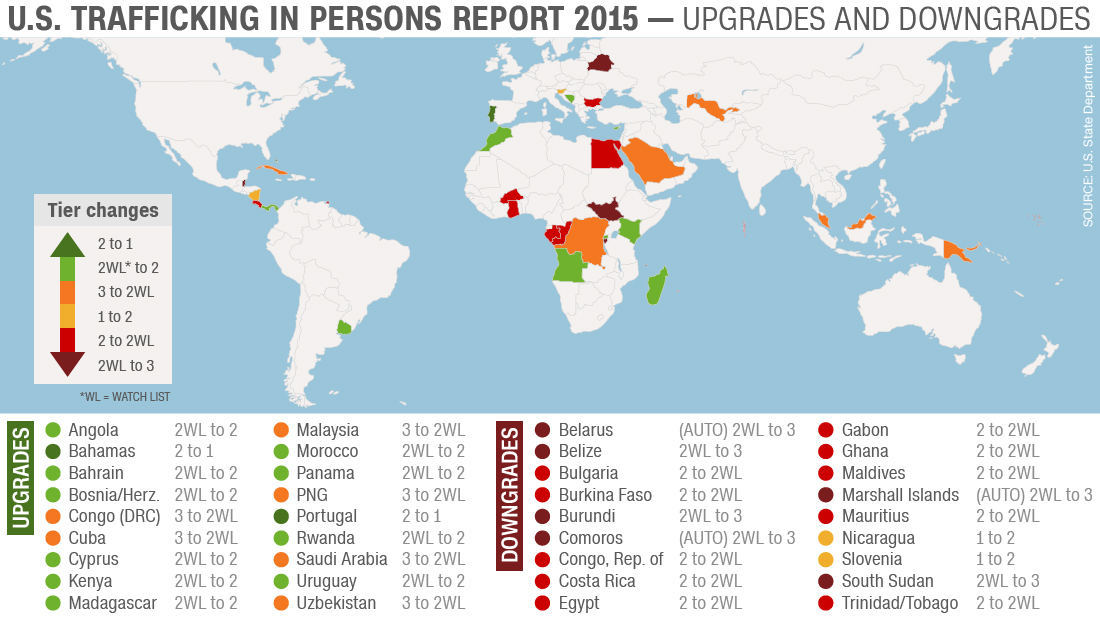New York's darkest secret: The Hole is a Mafia graveyard that few people venture into
http://www.independent.co.uk/news/world ... html[quote]
'The Hole' is an almost forgotten quarter, with a legacy of Mafia hits, buried secrets and faded hopes. Alexander Nazaryan explores the least known, worst off and most desolate district of New York City before it is swept away
Alexander Nazaryan
Friday 14 August 2015
It may be true, as the Old Testament counsels, that all flesh is grass, but sorry is the flesh that ends up as grass in the Hole, a Mafia graveyard and Deliverance-worthy outpost that may be the most forlorn of New York City's 250 or so neighbourhoods.
Although most New Yorkers haven't been there, the Hole hides in plain sight. Many pass it on the way to John F Kennedy International Airport, on a bleak road above which jets wheeze in on their final descent toward the runways along Jamaica Bay. Behind a tatty curtain of trees and weeds, there is a strange depression in the land, as if a sinkhole had opened here on the desultory border between Brooklyn and Queens. It looks less like a New York neighbourhood than an Arkansas village, only with housing projects on the horizon instead of the Ozark Mountains. Welcome to the Hole.
Many city dwellers learned about the Hole in 2004, when what remained of the bodies of two mafiosi was found nourishing this sodden patch of earth skipped over by modernity. The unlucky mobsters – Dominick "Big Trin" Trinchera and Philip "Philly Lucky" Giaccone – had been dispatched by Gambino crime family boss John "the Teflon Don" Gotti. Federal agents, though, had credible leads about other Gambino adversaries sleeping the big sleep in the Hole. Attention turned naturally enough to the place itself, so isolated that it could serve as a wiseguy ossuary, even as the Hole's residents presumably went about their daily lives.
"The closest thing New York has to a border town," declared The New York Times, comparing the Hole to Laredo, Texas, with its "dusty streets, stray dogs, ramshackle corrugated tin structures and even a few cowboys". Real cowboys – members of the Federation of Black Cowboys, to be exact – since ironic hipster cowboys weren't traipsing around the city just yet. But the mediagenic buckaroos disguised the fact that most people had not come here to live out their Wild West fantasies, or fantasies of any kind. As one woman told the Times: "Most people are here because they were born here or they can't afford to live anywhere else. I'd love to move, but I can't afford to, so for now I'm stuck in the Hole."
Two decades earlier, the Hole would not have made news in barbaric New York where, in 1984, the vigilante Bernhard Goetz became a hero to some for shooting four black kids on a subway train; where, in 1985, the ascendant Gotti had his rival Paul Castellano rubbed out in the middle of Manhattan; where, in 1989, a local psycho served the homeless denizens of Tompkins Square Park a soup made out of his dismembered girlfriend. The city was rife with Holes, from the East Village to East Harlem. A wasteland full of human remains way out by the airport? Meh.
Well, this New York wasn't that New York. By 2004, most Holes in New York were being turned into condominiums. A month before the discovery of the two bodies, the Republican National Convention had concluded in the city; later that fall, City Hall would submit its final bid for the 2012 Summer Olympics. That there was, within city limits, something as unruly as the Hole was an affront to the notion of a 21st-century metropolis, welcoming to conservatives from Mississippi and tourists from Toulouse, France.
Men behaving sadly: in this picture from Allen Agostino’s exhibition, Hole residents Bam, Josh and Carlos watch TV in their trailer Men behaving sadly: in this picture from Allen Agostino’s exhibition, Hole residents Bam, Josh and Carlos watch TV in their trailer (© Allen Agostino)
No other bodies were found during the 2004 dig, though the tall reeds that rise in claustrophobic phalanxes on the empty lots of the Hole could easily hide a Roman legion, as could the abandoned houses that look like they haven't been occupied since The Beatles touched down at JFK. But fascination with the Hole remains; in the years since, the neighbourhood has served as the frequent subject of artistic and journalistic curiosity, a wellspring of infinite weirdness, hardcore ruin-***** for the concrete-encased soul.
Every city has a shadow city. Paris has the catacombs. Hong Kong had the Kowloon Walled City. New York has the Hole. Places like these matter because they declare that the past is not fully known and the future may well turn out to be a shitshow. We could all be living in what, 100 years hence, may turn out to be the Hole. We are in on one cosmic joke but the butt of another. That terrifies some and thrills others.
The photographer Nathan Kensinger, whose work has appeared at the Brooklyn Museum and the Museum of the City of New York, says that of the about 200 photo essays he has done on New York City, his 2009 exploration of the Hole remains among the most popular.
"It's kind of crazy to me how much of an urban legend the Hole became after I wrote about it," Kensinger told me. Though he makes no claims to have "discovered" the Hole, he does believe that his photo-essay introduced it to intrepid young New Yorkers, many of them recent arrivals, eager to treat the city like an unexplored jungle.
"This is the true New York," wrote urban explorer Kevin Walsh of Forgotten New York, a photography project chronicling the city's overlooked areas. "This is NYC with pretense and artifice stripped away." Go to the Hole now, before Starbucks arrives. Just don't wear flip-flops
[/quote]
